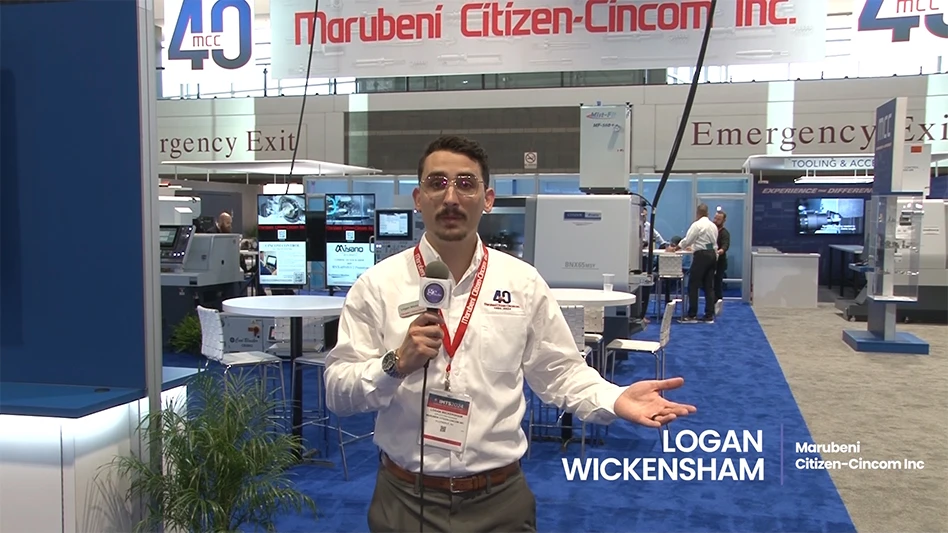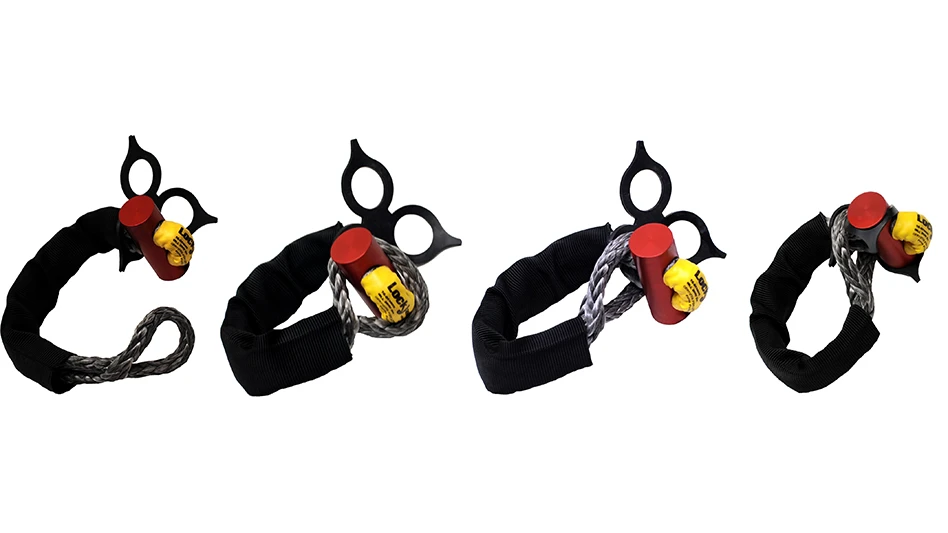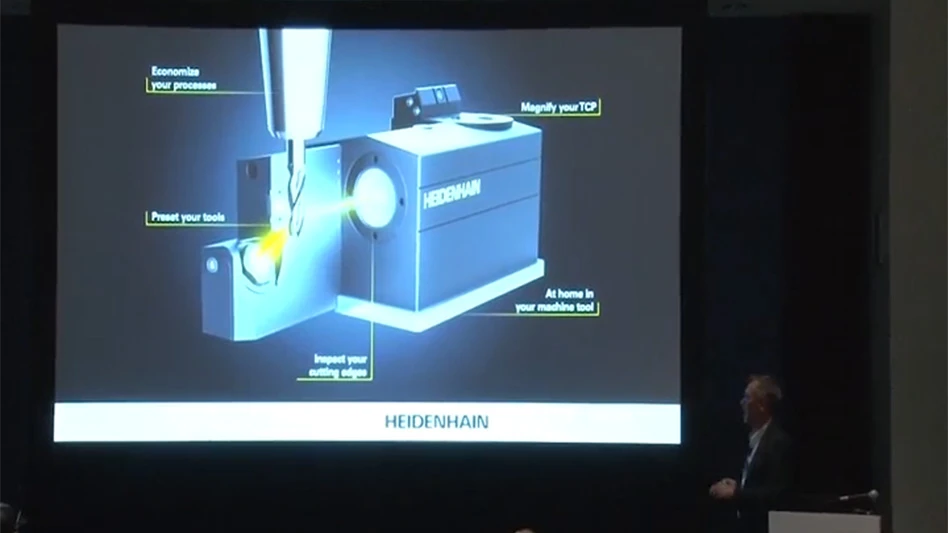
St. Louis, Missouri – Boeing and partner Saab completed the first flight on Dec. 20, 2016, of their T-X aircraft, which is designed to meet the U.S. Air Force’s training requirements and replace the Air Force’s aging T-38 aircraft.
During the 55-minute flight, lead T-X Test Pilot Steven Schmidt and Chief Pilot for Air Force Programs Dan Draeger, who was in the seat behind Schmidt, validated key aspects of the single-engine jet and demonstrated the performance of the low-risk design.
“I’ve been a part of this team since the beginning, and it was really exciting to be the first to train and fly,” Schmidt said. “The aircraft met all expectations. It’s well designed and offers superior handling characteristics. The cockpit is intuitive, spacious and adjustable, so everything is within easy reach.”
“It was a smooth flight and a successful test mission,” Draeger added. “I had a great all-around view throughout the flight from the instructor’s seat, which is critical during training.”
Both pilots trained for the flight using the complete Boeing T-X system, which includes ground-based training and simulation.
Boeing claims that with one engine, twin tails, stadium seating, and an advanced cockpit with embedded training, the T-X is more affordable and flexible than older, existing aircraft.
Boeing and Saab revealed their first two T-X aircraft in September. The second is currently in ground testing and expected to fly in early 2017.
Source: Boeing Defense, Space & Security
During the 55-minute flight, lead T-X Test Pilot Steven Schmidt and Chief Pilot for Air Force Programs Dan Draeger, who was in the seat behind Schmidt, validated key aspects of the single-engine jet and demonstrated the performance of the low-risk design.
“I’ve been a part of this team since the beginning, and it was really exciting to be the first to train and fly,” Schmidt said. “The aircraft met all expectations. It’s well designed and offers superior handling characteristics. The cockpit is intuitive, spacious and adjustable, so everything is within easy reach.”
“It was a smooth flight and a successful test mission,” Draeger added. “I had a great all-around view throughout the flight from the instructor’s seat, which is critical during training.”
Both pilots trained for the flight using the complete Boeing T-X system, which includes ground-based training and simulation.
Boeing claims that with one engine, twin tails, stadium seating, and an advanced cockpit with embedded training, the T-X is more affordable and flexible than older, existing aircraft.
Boeing and Saab revealed their first two T-X aircraft in September. The second is currently in ground testing and expected to fly in early 2017.
Source: Boeing Defense, Space & Security
Latest from Aerospace Manufacturing and Design
- Piper Aircraft Inc. achieves AS9100 Certification
- Kyocera SGS' KGZ precision cut-off solutions
- Bridging the Skills Gap: A Solution for Today’s Labor Shortage
- Molex to acquire AirBorn
- Nano Dimension's Exa 250vx digital light processing (DLP) 3D printer
- IMTS 2024 Booth Tour: Fagor Automation Corp.
- How Robotics and Automation are Transforming Manufacturing
- Wichita State’s NIAR delivers fiber metal laminate test panel to FAA





